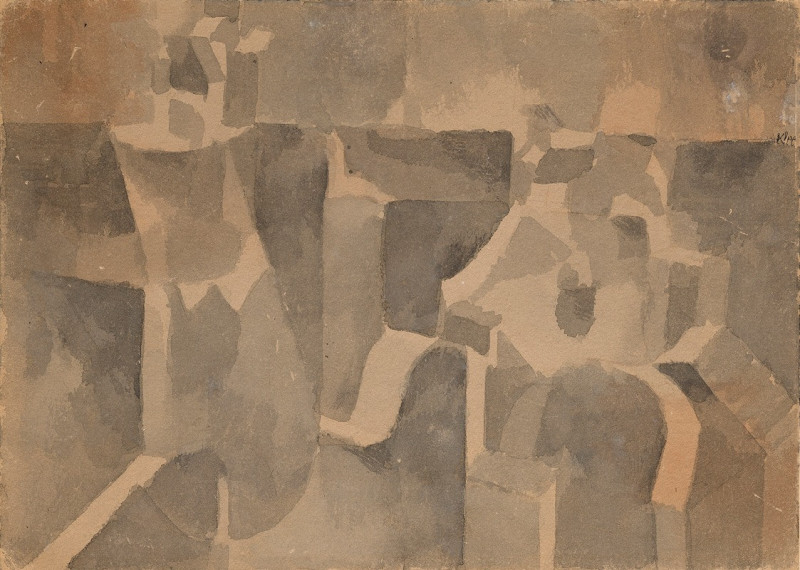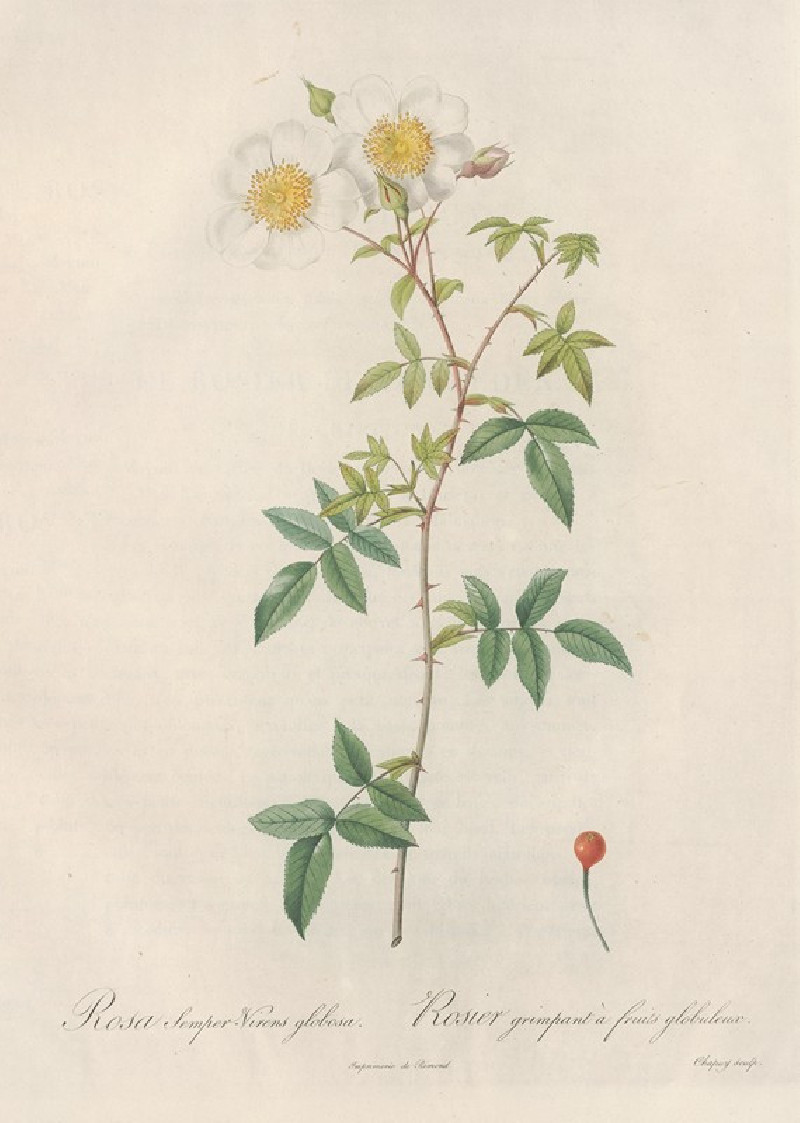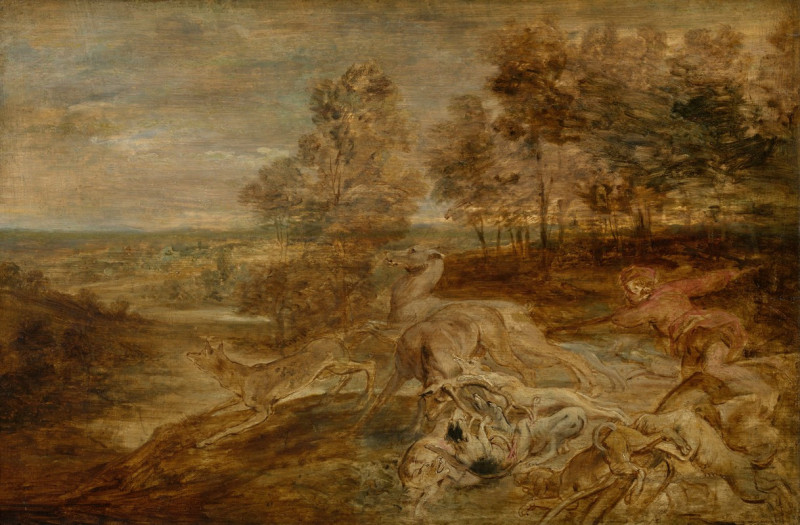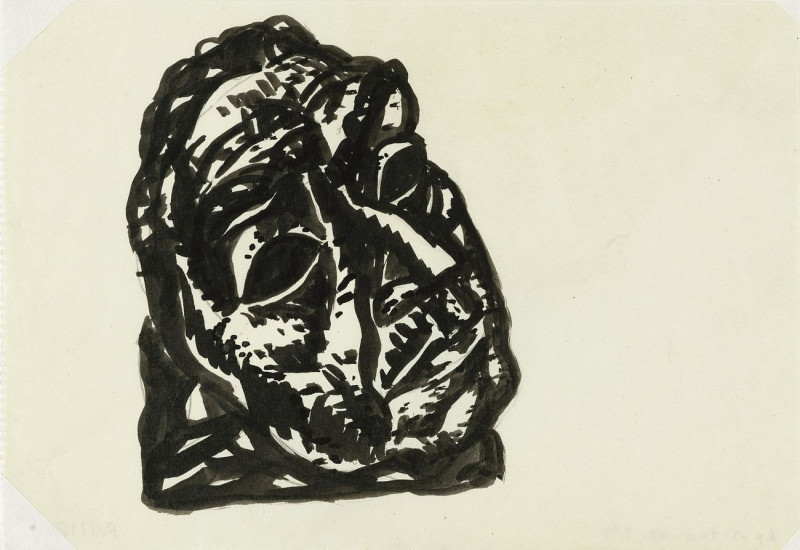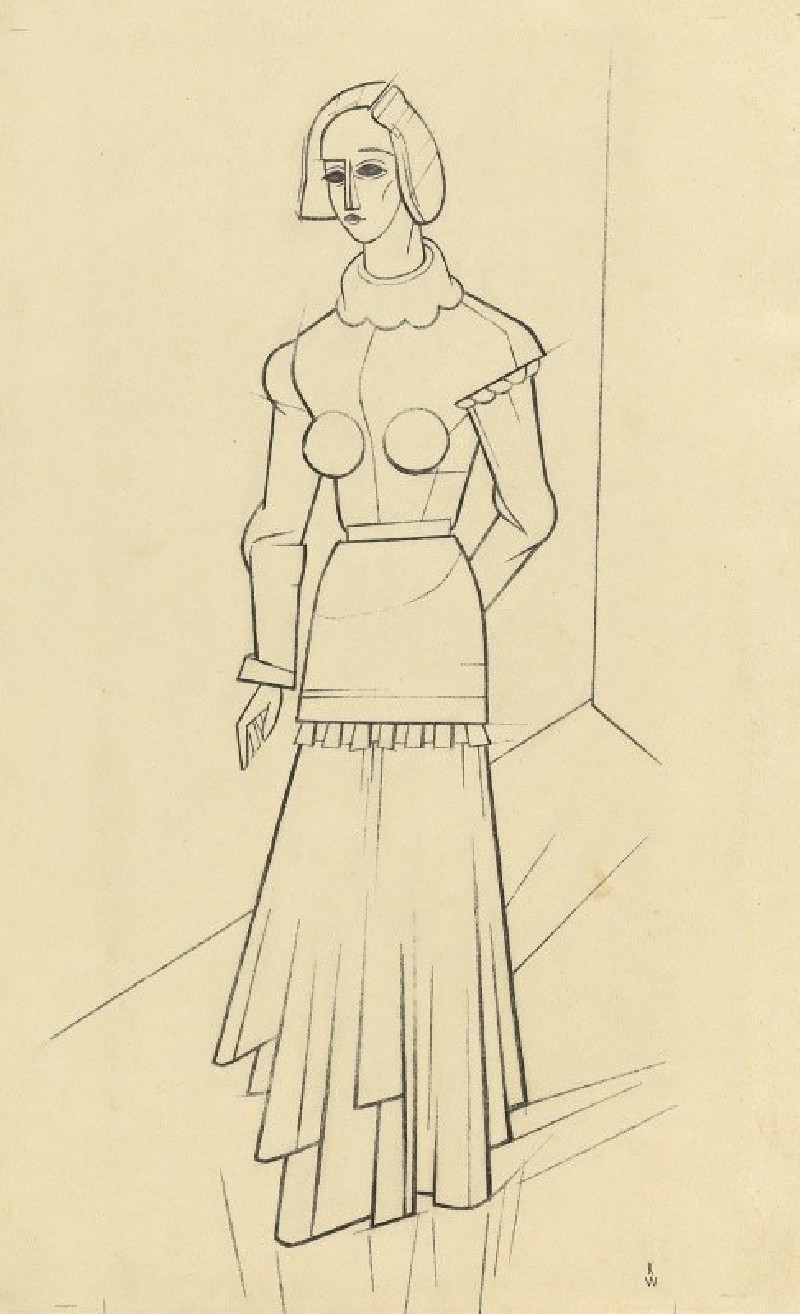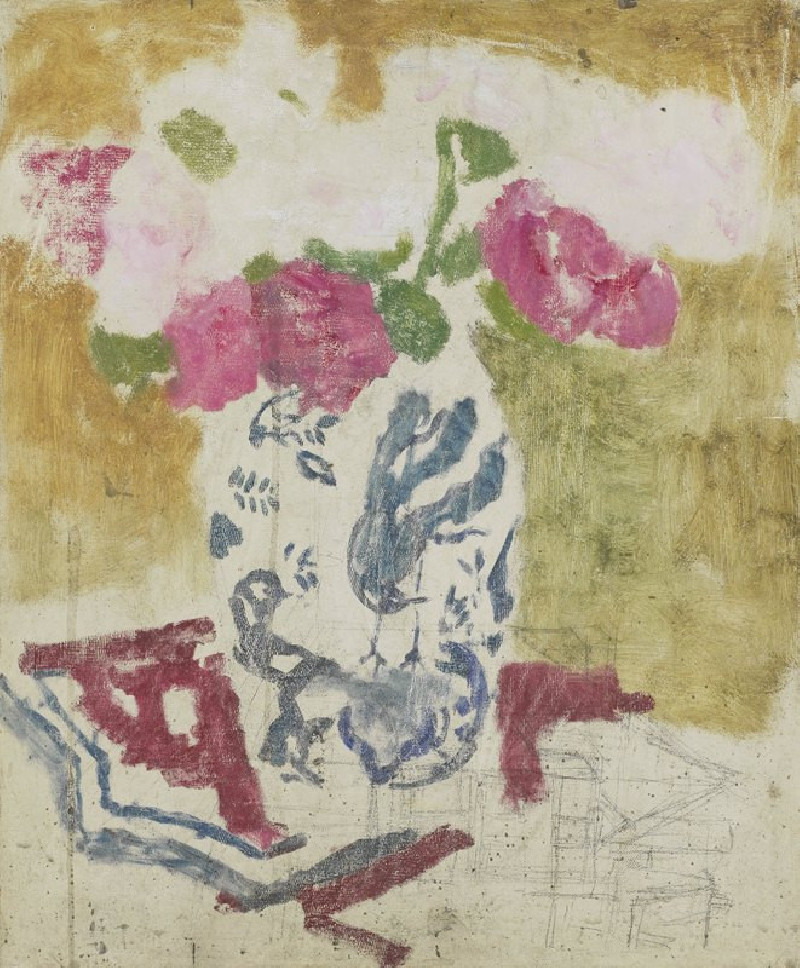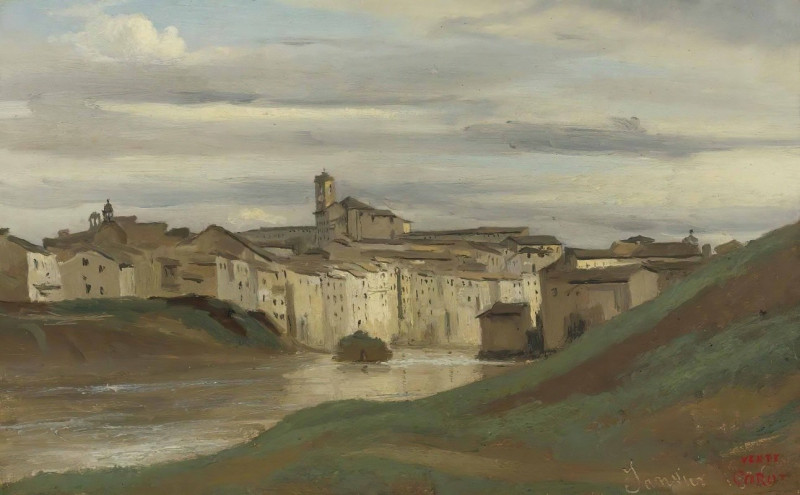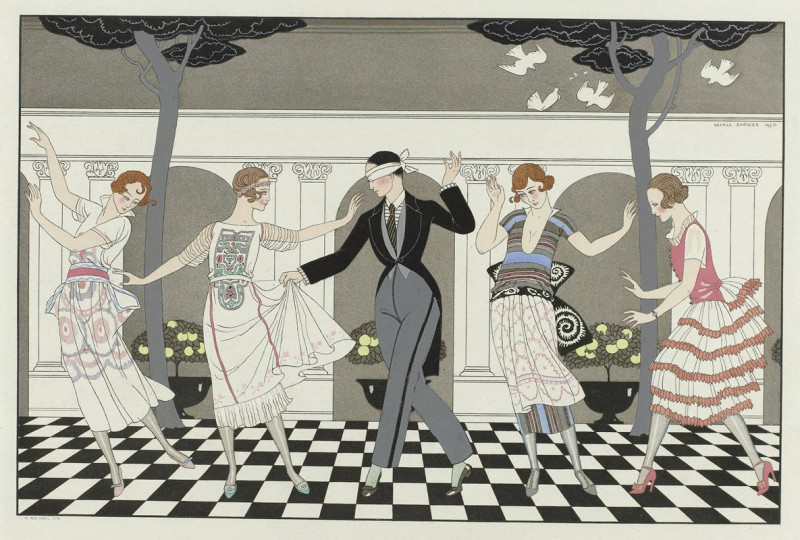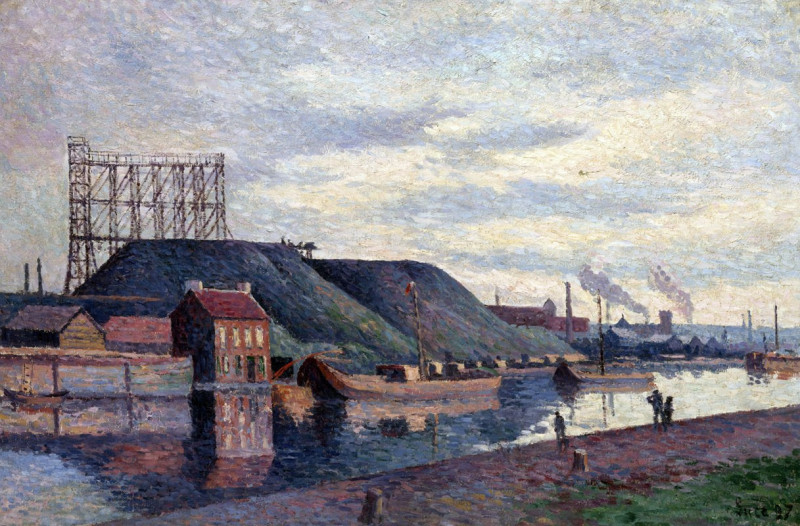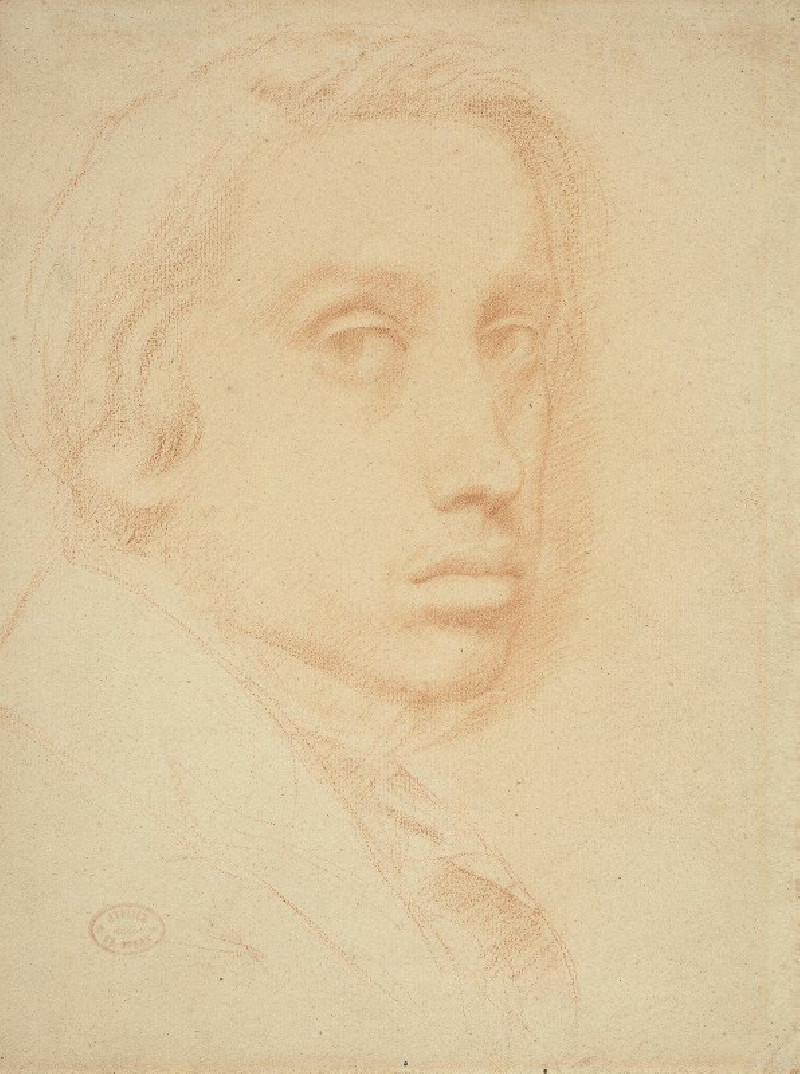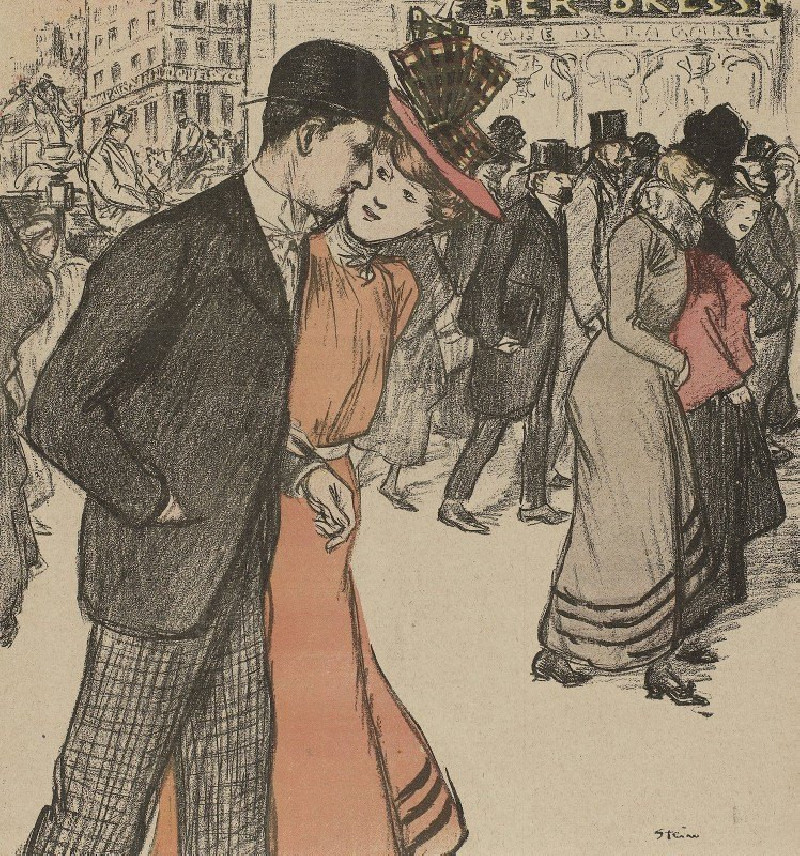Küstenlandschaft (1915)
Technique: Giclée quality print
Recommended by our customers
More about this artwork
Paul Klee's "Küstenlandschaft" from 1915 is a fascinating exploration of abstract art, where the viewer is invited into a nuanced tapestry of shapes and earthy tones. The artwork primarily employs a palette ranging from sandy browns to deep grays, evoking a sense of both the tangible and the ephemeral aspects of a coastal landscape.In this painting, Klee has moved away from literal representation, focusing instead on the emotive and suggestive powers of color and form. The composition is comprised of interlocking shapes and fragmented forms, which can be interpreted as abstracted cliffs, paths, or rock formations commonly found along the coast. The subtle gradations in color from one area to another suggest the interplay of light and shadow, a technique that adds depth and complexity to the piece.Klee’s mastery in blending colors and shapes creates a dynamic yet harmonious atmosphere, invoking the quietude and timeless erosion witnessed by seaside landscapes. This work not only represents a physical space but also encapsulates a moment of perception, where the elements of nature and the artistic expression meet."Küstenlandschaft" is a prime example of Klee’s innovative approach to art, which often involved taking simple motifs from nature and transforming them into evocative, abstract compositions. Through this painting, viewers are encouraged to contemplate the subtleties of both nature and art, engaging with Klee's vision at the intersection of the seen and the unseen.
Delivery
Returns
Paul Klee was a Swiss-born German artist. His highly individual style was influenced by movements in art that included expressionism, cubism, and surrealism. Klee was a natural draftsman who experimented with and eventually deeply explored color theory, writing about it extensively; his lectures Writings on Form and Design Theory (Schriften zur Form und Gestaltungslehre), published in English as the Paul Klee Notebooks, are held to be as important for modern art as Leonardo da Vinci's A Treatise on Painting for the Renaissance.

